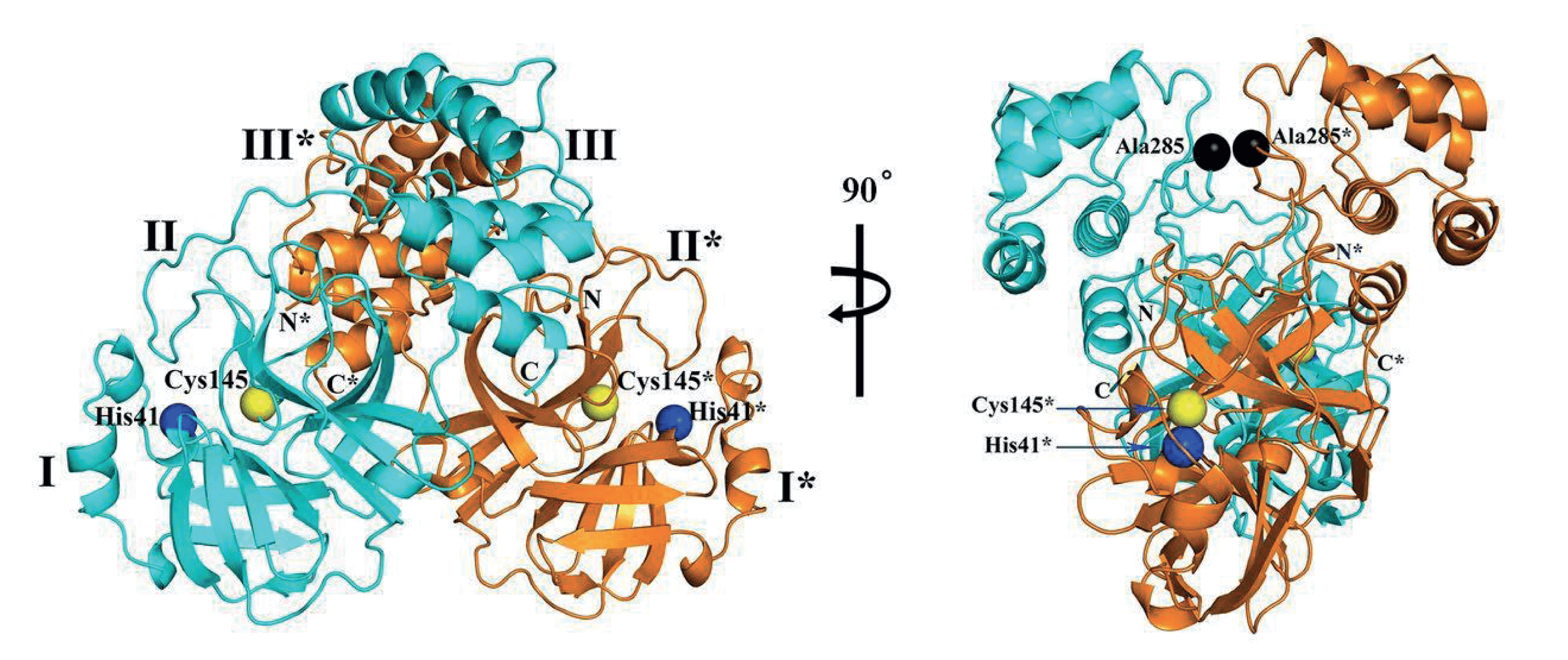
A team at the University of Lübeck, Germany, has mapped the 3D structure of the main protease of Sars-CoV-2 using the Berlin synchrotron source, Bessy II. This structural information could support the identification of COVID-19 drug candidates that inhibit the enzyme and impair viral replication.
Licensing information available here: https://bit.ly/39sx4sb
References
- L Zhang et al., Science, eabb3405 (2020). DOI: 10.1126/science.abb3405




